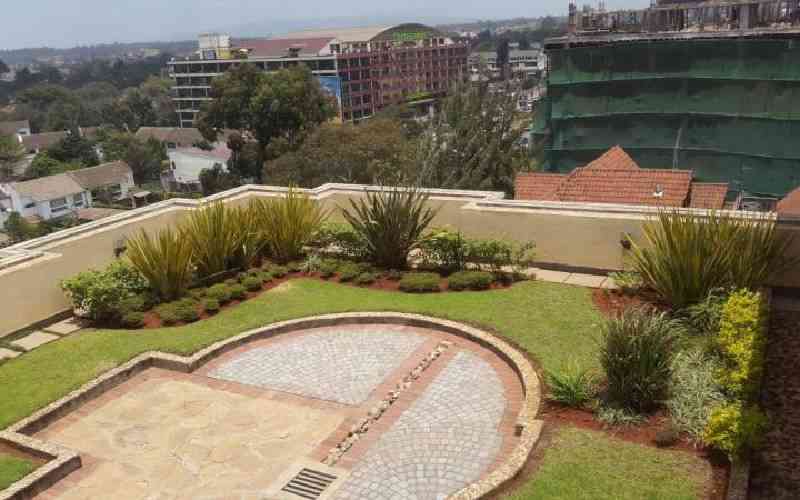×
The Standard e-Paper
Kenya’s Boldest Voice

If you've ever spent a summer in the city and been able to relate to the song of the same name, then you know the feeling of wanting to escape the heat by sitting in a patch of cool grass under the shade of a tree.
Due to an effect called the "urban heat island," temperatures are often ten degrees higher in cities than in surrounding areas due to the heat absorption and retention of materials like asphalt and concrete, a NASA press release said.